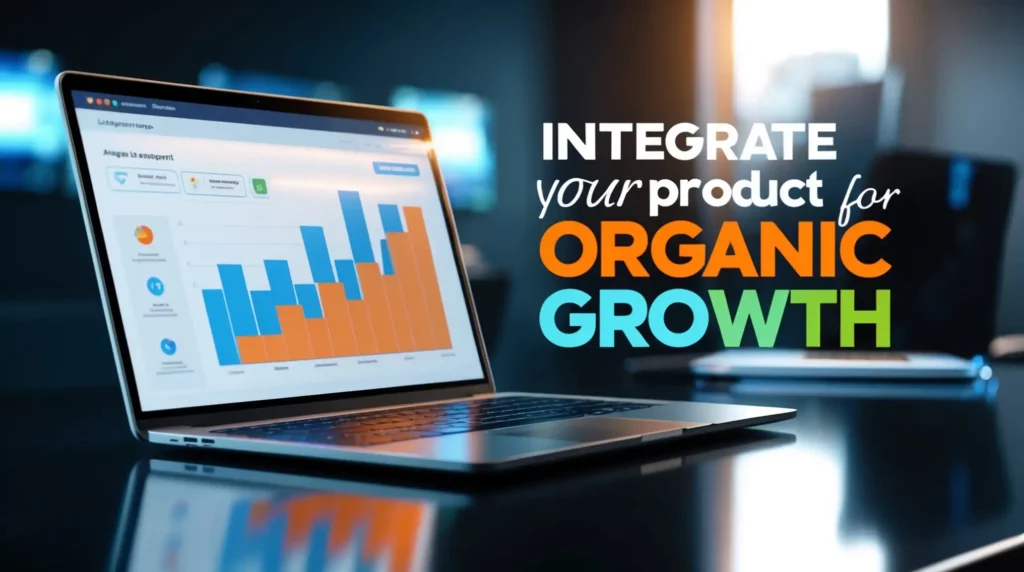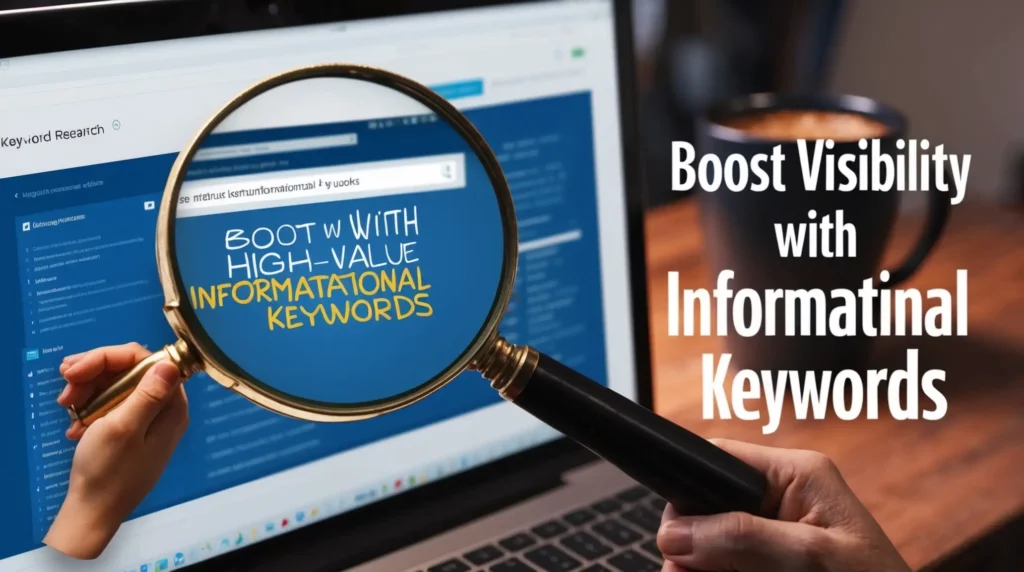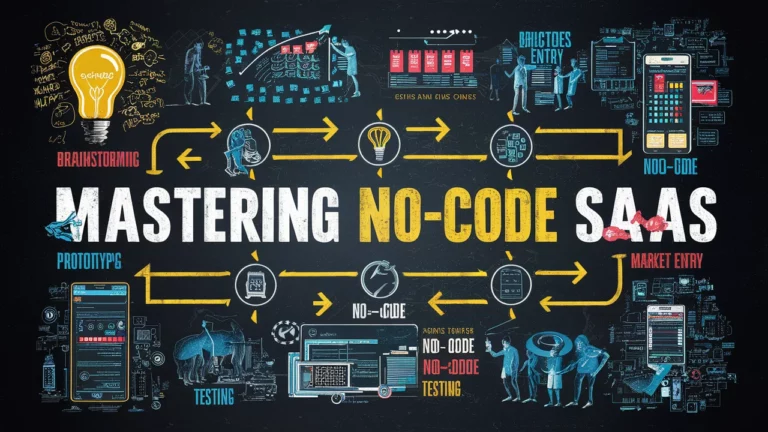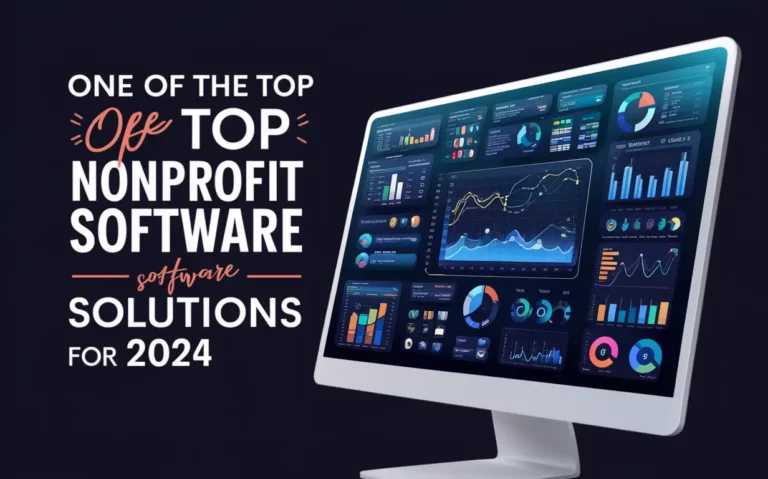How Product-Led SEO Can Skyrocket Your SaaS Company’s Growth in 2024

Our audience supports Ahcrypto. When you click on the links on our site, we may earn an affiliate commission at no extra cost to you. Learn More.
Introduction
Product-led SEO is a marketing strategy that uses the product itself to generate organic growth and traffic. Instead of just creating content based on keywords, this approach aims to build a long-term SEO plan specifically for software as a service (SaaS) products.
Key takeaway: In this article, discover how you can use Product-Led SEO strategies to achieve substantial growth for your SaaS company in 2024.
Understanding Product-Led SEO for SaaS Companies
Product-led SEO is a strategy that uses your product to drive organic growth and visibility. Instead of just focusing on keywords, it prioritizes creating valuable content that directly addresses user needs and experiences.
Key Principles of Product-Led SEO
- User-Centric Content: Prioritizes content that delivers real value to users.
- Integration with Product Development: Aligns closely with the product’s features and benefits.
- Sustainable Growth: Focuses on long-term SEO gains rather than quick wins.
Differences from Traditional SEO
Traditional SEO often focuses on:
- Keyword Optimization: Creating content around specific keywords.
- Backlink Building: Acquiring links from other websites to boost rankings.
In contrast, Product-Led SEO for SaaS companies like HubSpot, Intercom, and Drift integrates user experience and product features into the core of the SEO strategy.
The Role of User-Centric Approach
A user-centric approach ensures that the content not only attracts traffic but also engages and converts users. It aligns closely with how Software as a Service (SaaS) products and web applications function, ensuring that every piece of content is:
- Relevant: Directly tied to user pain points.
- Actionable: Provides clear steps or solutions related to the product.
By using a Product-Led SEO strategy, SaaS companies can build a strong, sustainable growth engine that consistently brings in and keeps customers.
Benefits of Embracing a Product-Led SEO Mindset

Enhanced Organic Traffic and Visibility
SEO for SaaS companies often depends on being visible. A product-led approach helps you generate organic traffic by focusing on user-centric content that meets specific needs and queries.
Improved User Experience and Customer Acquisition
Prioritizing the user journey enhances the overall experience. High-quality, relevant content attracts potential customers, increasing acquisition rates and fostering long-term relationships.
Long-Term Sustainability and Cost Effectiveness
Investing in product-led SEO builds a sustainable growth engine. Unlike traditional methods, it delivers ongoing value without constant expenditures, contributing to cost-effective scalability.
1. Creating High-Value Content that Resonates with Your Target Audience
Content Creation is the backbone of Product-Led SEO. The focus is on delivering User Value by producing content that addresses specific user needs. This user-centric approach ensures your SaaS content is relevant and engaging.
Importance of User-Focused Content in Product-Led SEO Strategy
Prioritizing user-focused content helps you connect with your target audience on a deeper level. It’s not just about ranking for keywords; it’s about solving problems and providing valuable insights that users are actively seeking.
Utilizing Technical SEO Best Practices to Optimize Your Content for Success
Incorporating technical SEO best practices is crucial. Tools like Google Search Console and Semrush can help you optimize your content, ensuring it meets search engine requirements while remaining user-friendly.
Key Points to Consider:
- Understanding Your Target Users’ Needs and Pain Points: Conduct surveys and user interviews and analyze user feedback to understand what your audience is looking for. This insight will guide your content creation process.
- Conducting Keyword Research with a User Intent Focus: Use tools like Google Keyword Planner to identify keywords that align with user intent. This approach helps you create content that not only attracts traffic but also engages users effectively.
By focusing on these aspects, you can create high-value content that drives meaningful engagement and supports your SaaS growth objectives.
2. Using Informative Keywords and Search Terms to Drive Targeted Traffic

Targeting Informational Keywords for Top-of-Funnel Engagement
Informational keywords are crucial for capturing the attention of potential customers at the beginning of their buying journey. These keywords address questions or concerns your target audience may have, helping you draw in users who are seeking knowledge rather than making an immediate purchase. By targeting these top-of-funnel search terms, you can build brand awareness and establish your SaaS company as a trusted source of valuable information.
Key Points to Consider:
- Using Google Keyword Planner for Effective Keyword ResearchDiscover long-tail keywords that align with user intent.
- Analyze search volume and competition to prioritize keyword targets.
- Identify content gaps that your product can fulfill, enhancing both user experience and SEO performance.
By integrating these strategies into your SEO approach, you set the stage for attracting a well-targeted audience and driving meaningful engagement with your SaaS offerings.
3. Building a Comprehensive and User-Friendly Product Ecosystem
Building domain authority is critical for your SaaS company’s SEO success. High-quality content and backlinks play a significant role in this. Create content that provides real value to your users, addressing their needs and solving their problems. High-quality backlinks from reputable sources amplify this value, signaling to search engines that your content is trustworthy.
Implementing effective internal linking strategies enhances product discoverability within your site. Internal links guide users through your product ecosystem, improving their experience and keeping them engaged longer. This strategy also helps search engines understand the structure of your site, ensuring that all valuable pages are indexed and ranked appropriately.
Key Points to Consider:
- Earning Backlinks from Authoritative SaaS Publications: Reach out to well-regarded SaaS publications for guest posting opportunities or collaborations. These backlinks are invaluable for boosting your domain authority.
- User-Centric Focus: Always prioritize the user’s experience when creating content or building internal links. Understand what they seek and make navigation intuitive.
- Domain Authority: Consistently publish high-quality content and earn reputable backlinks to strengthen your domain authority over time.
- Internal Linking Strategies: Use clear anchor texts for internal links, ensuring they are contextually relevant. This practice not only aids user navigation but also helps search engines crawl your site more effectively.
By focusing on these elements, you create a robust product ecosystem that benefits both users and search engines, driving sustainable growth for your SaaS company.
4. Establishing Thought Leadership with Branded Content Experiences

Creating Branded Content to Differentiate Your SaaS Brand
Branded content is a powerful tool for establishing your SaaS company as an industry leader. When you create unique and engaging content that reflects your brand’s voice and values, you set yourself apart from competitors. This builds trust and loyalty among your audience.
Key Points to Consider:
1. Leveraging Free Tools and Web Apps for Increased Visibility and User Engagement
Offering free tools and web applications can significantly boost user engagement and visibility. These resources not only provide value to your users but also showcase the capabilities of your SaaS product. By integrating these tools into your content strategy, you create opportunities for organic backlinks and user-generated content, enhancing your SEO efforts.
Example: A project management SaaS could offer a free task management tool that attracts potential customers while demonstrating the software’s value proposition.
2. Broken Link Building
Identify broken links on authoritative sites within your niche and offer your relevant, high-quality content as a replacement. This strategy helps acquire valuable backlinks and positions your brand as a helpful resource within the industry.
3. Guest Posting
Collaborate with reputable industry blogs to publish guest posts. This tactic expands your reach, builds domain authority, and strengthens your brand’s thought leadership.
By focusing on branded content experiences, you can effectively differentiate your SaaS brand while driving substantial growth through strategic SEO practices.
5. Staying Ahead of the Curve: Uncovering Untapped Opportunities in the Market
Utilizing Unique Data and Insights to Drive SEO Success for Your SaaS Products
Leveraging unique data and insights can set your SaaS company apart in a crowded market. Utilizing proprietary data from your users or industry-specific research can create high-value content that resonates with your audience. This approach not only enhances your content’s relevance but also establishes your brand as an authoritative source.
Key Points to Consider:
- Finding a “Blue Ocean” Market Space: Identify and target underserved areas within your niche. This strategy helps you tap into new customer segments with less competition, providing a significant edge over competitors.
- Leveraging Podcast Interviews for Industry Exposure and Thought Leadership: Participating in podcast interviews can amplify your reach and establish your brand as a thought leader. Share insights, discuss industry trends, and provide valuable advice to build credibility and attract a wider audience.
By staying ahead of the curve, you ensure that your SaaS product remains relevant and continues to drive organic growth.
The Future of Product-Led SEO for SaaS Companies

A robust product-led SEO strategy requires regular site audits to sustain organic growth. Conducting these audits helps identify and rectify technical SEO issues that could hinder your site’s performance.
Key Points to Consider:
Common Technical SEO Issues and How to Fix Them:
- Broken Links: Use tools like Ahrefs or Screaming Frog to identify and fix broken links.
- Slow Page Load Times: Optimize images, leverage browser caching, and minimize HTTP requests.
- Duplicate Content: Implement canonical tags and use 301 redirects where necessary.
- Mobile-Friendliness: Ensure your site is responsive and offers a seamless experience on all devices.
- XML Sitemap Errors: Regularly update your XML sitemap and submit it to Google Search Console.
Regular keyword research is essential for maintaining relevance. Tools like Google Keyword Planner can help you discover new opportunities based on user intent. Consistently updating your content strategy with these insights ensures that your SaaS company remains ahead of the curve in a competitive market.
Maintaining technical health and evolving with market trends is crucial for long-term success. Investing time in regular SEO audits and fixing technical issues creates a strong foundation for sustainable growth.
Conclusion
For comprehensive SEO analysis, leveraging free tools like Exploding Topics alongside premium options ensures your strategy remains robust and adaptive. Discover new opportunities based on user intent by consistently updating your content strategy with these insights, ensuring that your SaaS company remains ahead of the curve in a competitive market.
Maintaining technical health and evolving with market trends is crucial for long-term success. Investing time in regular SEO audits and fixing technical issues creates a strong foundation for sustainable growth.
Embracing a Product-Led approach to SEO is crucial for achieving sustainable growth in the SaaS sector in 2024. By focusing on user-centric strategies and creating valuable products, you ensure long-term success. Implementing the strategies discussed, such as optimizing your content with technical SEO best practices and targeting informational keywords, can significantly boost your organic traffic and visibility.
To facilitate these efforts, utilize tools like HubSpot CMS for seamless content management, Google Keyword Planner for effective keyword research, and SEMRush.
Keep updated on all of our latest tips here.

Scott Evans
Hey there, I’m Scott Evans, your friendly guide at AhCrypto! I’m all about breaking down complex SaaS, AI, and tech topics into digestible insights. With me, you’re not just keeping up with the tech world; you’re staying ahead of the curve. Ready to dive into this exciting journey? Let’s get started!






